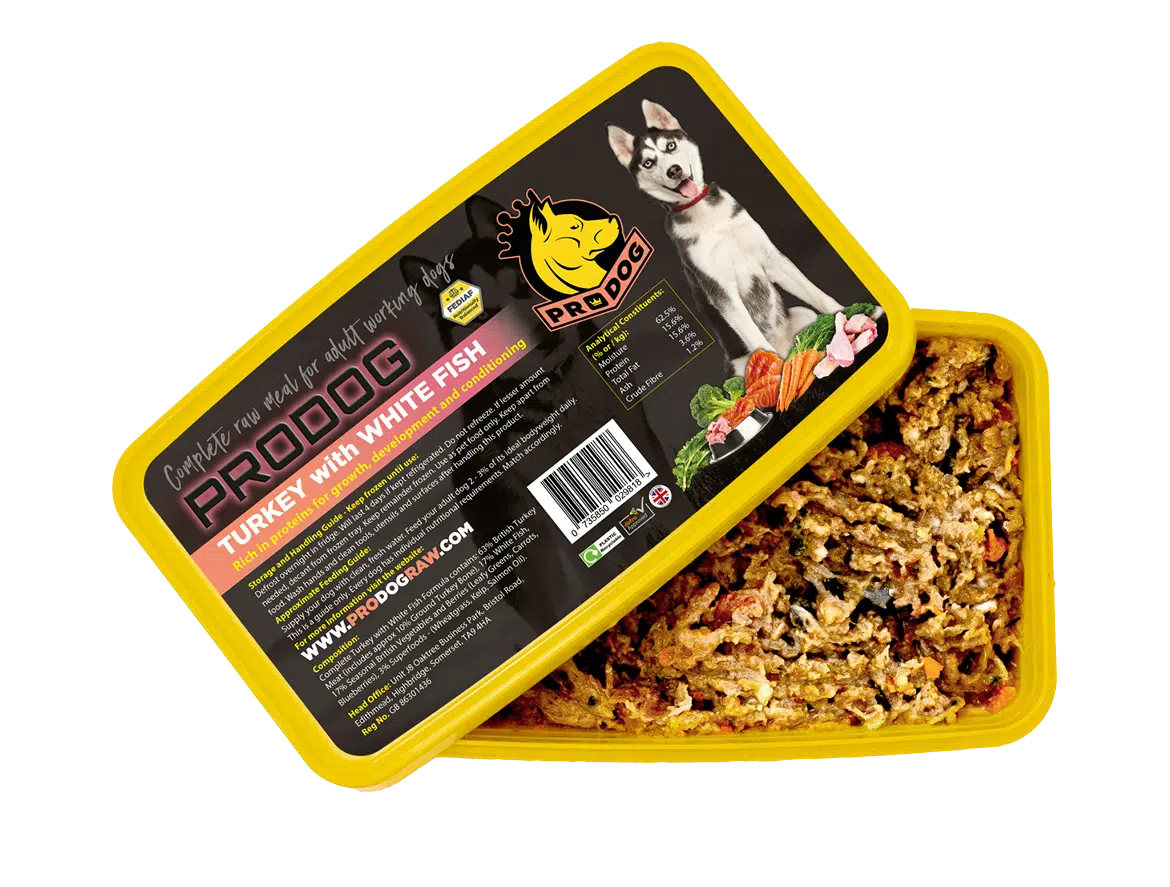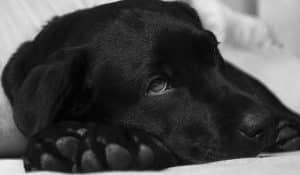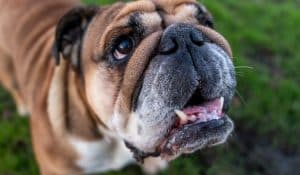What are anal glands?
Anal glands are two small pouches of watery to sticky material that exists just inside the anus of all dogs. They sit at 4 o’clock and 8 o’clock on the anus of the dog, if you visualise a clock, as you look from behind, under the skin and below the last inch of the rectum.
In a Chihuahua, they are about the size of a frozen pea. In a Dane, they’ll be the size of a small plum. Anal glands are modified sweat glands – which also ooze stuff onto the skin: sweat.
What do anal glands in dogs do?
Anal glands in dogs are used in the complex scent communication life of a dog. A dog’s stool in itself tells a sniffing friend a lot about the dog – what they’ve eaten, how healthy they are and how recently they deposited the turd, usually marking out territory.
In addition, the anal glands put a smear of anal gland material, juice, stuff on the stool which gives more information about the previous owner of the stool – individual identifiers, like a finger-print, pheromones to indicate if bitches are in season or how mature a male is or, again, how healthy they are and therefore how much of a threat they may represent.
I always describe anal gland material in dogs is like a man wearing a fancy or whacky tie, or a woman a discreet brooch or flamboyant scarf – it’s all to do with communicating who you are and what you may be able to do. Maybe you could call it the start of the advertising industry? It’s still (advertising that is) a pretty mucky business to this day!







I feed my two Golden Retrievers (Mum and daughter) on a raw diet, bought from a butcher and mainly containing organic chicken carcasses with other meats added. They also have non weight bearing bones weekly. The Mum does well on this but her daughter has anal gland problems, leaking and scooting on her bottom. My vet advised adding bran to her diet but this hasn’t helped at all. What can you suggest I do?
Hi there
If you were going to add anything, we would recommend leafy green vegetables and fruits. Our complete meals contain a balance of raw meat and seasonal fruit and veggies. That fibrous element could be what is missing but we would choose a more natural solution and not bran. Take a look at ingredients to supercharge your dogs diet – https://www.prodograw.com/ingredients-to-supercharge-your-dogs-raw-food-diet/
Kind Regards
Team ProDog
Our cockapoo bitch is 1 year old and she eats raw food Bella and duke. She is still dragging herself across the floor and licking her red raw rectum. Is there anything else it could be ? Other full happy healthy dog.
11 month Cavalier on raw diet since post weaning to 5 months old, then wet/kibble untill about 8 months old, now back on raw since then. About a month after going back to raw he screamed the place down, vomited etc vet said glands were full. Then a couple of months later (11 month old) same again. Now just 2 weeks later he has been in the garden just now screaming while trying to poop!! He has always had good poop no matter what his diet, if anything I feel it is too hard and dry on raw. Could it be that he is just not suited to it? Many thanks
Hi Deborah
sorry to hear that, it maybe that he needs a couple of tweaks in his diet. If you can email into [email protected], our in-house nutritionist can advise you